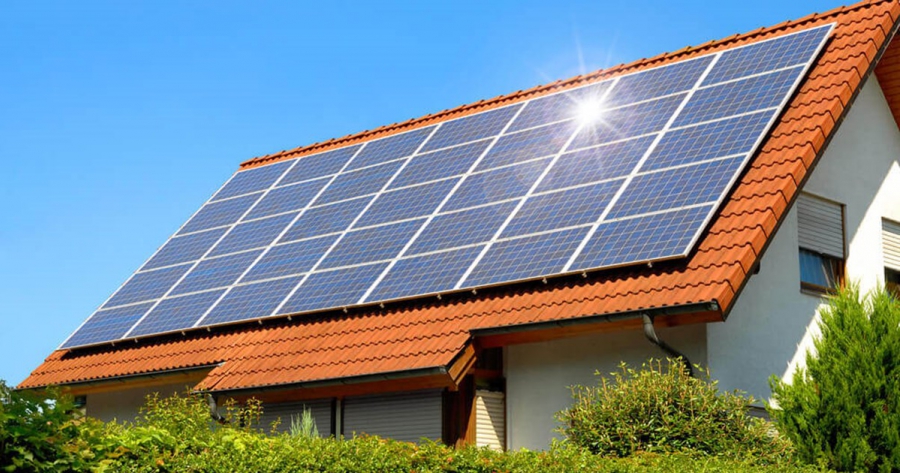FUTURE POSSIBILITIES OF SOLAR ENERGY
Indonesia has the potential for solar power as a source of electricity.

Electricity is one supporting human activities, mainly it requires to support large industries as their main energy source. Indonesia has the potential for solar power as a source of electricity. Solar Power Plants (PLTS) is an alternative source for independent power plants.
The use of solar panels can convert sunlight energy into electrical energy. It's more efficient and doesn't produce emissions that harm the environment. Since September 2017, Indonesia has declared the 'National Movement of a Million Solar Roofs'. This movement aims to accelerate the construction of rooftop solar power plants in housing, public facilities, buildings, commercial buildings, and industrial complexes.
Sunlight as an alternative energy source
Sunlight becomes a potential alternative energy source because they aren't used up and is obtained for free. The sun's rays be used as an alternative energy source in the future. The sunlight is converted into electrical energy using photovoltaic technology, which is often called solar panels. The solar panels will channel electrical energy directly to PLN, then be distributed to houses and buildings.
Solar panels can reduce pollution and carbon emissions of the greenhouse effect. Luckily, Indonesia is on the equator line, which means Indonesia is rich in solar energy sources. The average intensity of solar radiation in the territory of Indonesia reaches 4.8 kWh/m2 per day or the equivalent of 112,000 Giga Watt-peak (GWp).

PLTS in Indonesia
Even though PLTS has a lot of positive sides, PLTS's consumption in Indonesia is still relatively slow. Based on data from the IESR market survey from July to August 2018 in the Greater Jakarta area, around 13% of the market potential or the equivalent of 166,000 – 184,000 households interested in using solar energy in their homes. In 2019 and 2020, IESR conducted a follow-up market survey on the islands of Java and Bali. The result is that there is a market potential of 19% for Surabaya, 9.6% for Central Java, and 23.3% for Bali.
This survey shows the community's high interest in the use of PV mini-grid. However, when looking back at economic factors such as savings, installation costs, and payback times, people must think twice about using PLTS. Mostly, they want to save half of their current electricity bill, with a payback period of under seven years. People feel that the installation costs are not small. Indonesia is in the lowest category in the Asia Pacific in terms of utilization of solar energy.
What we can learn from the past
Several efforts and policies are needed from the government so that the trend of using PLTS continues to be in demand. The government has started to impose a tariff on the export-import of electricity for PLTS and PLN customers of 100%, which was previously only 65%.
This rate change can reduce the payback period from 1-2 years to under eight years. The government also needs to provide attractive financing schemes such as low-interest installments, financial incentives, or taxation. This incentive can be an example to stimulate people's interest in the use of the PLTS.
In addition to these policies, the government is expected to intensively carry out socialization and dissemination of information related to the provision of PLTS products. It is hoped that public access to solar energy will be evenly distributed throughout the city.
#THE S MEDIA #Media Milenial #solar energy in indonesia #solar energy at the future


























